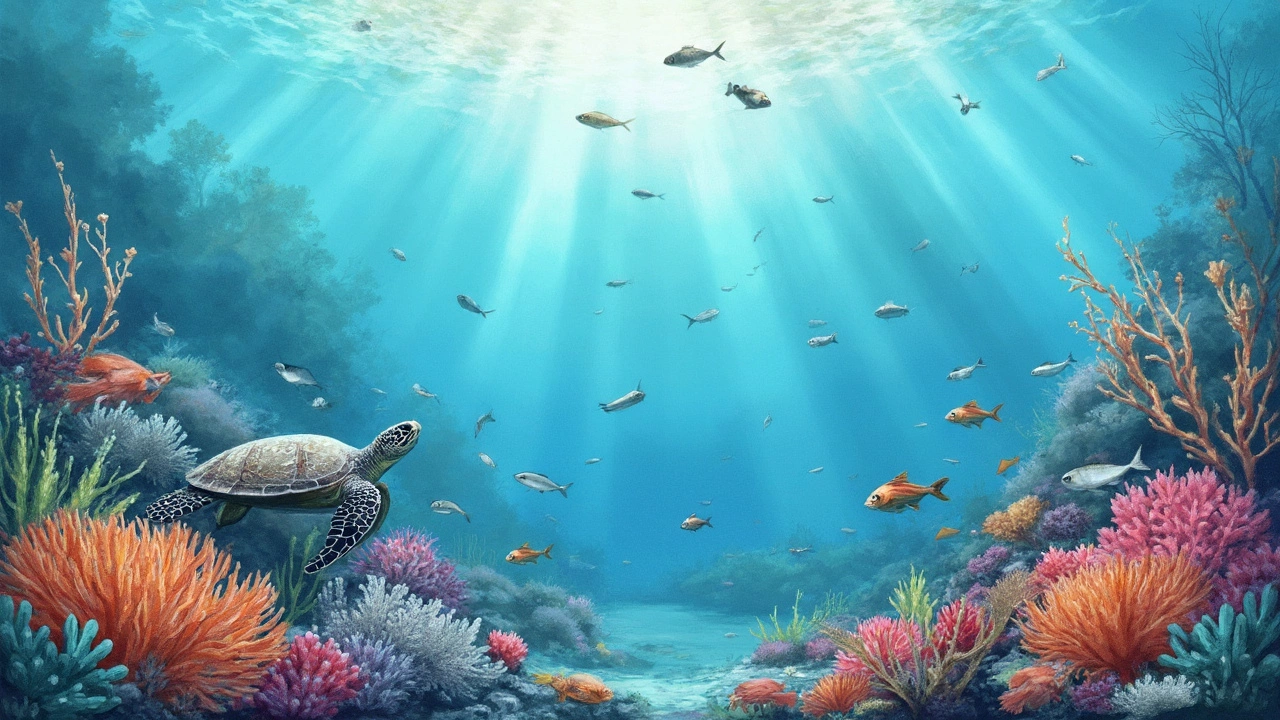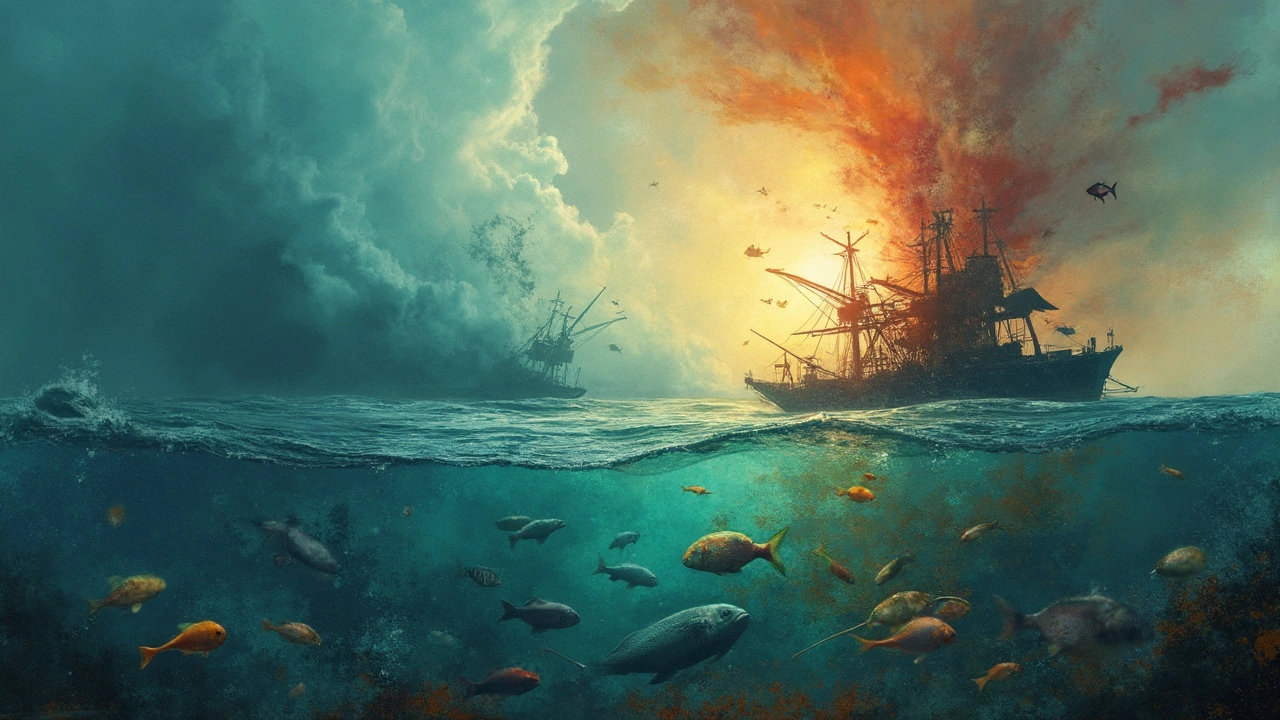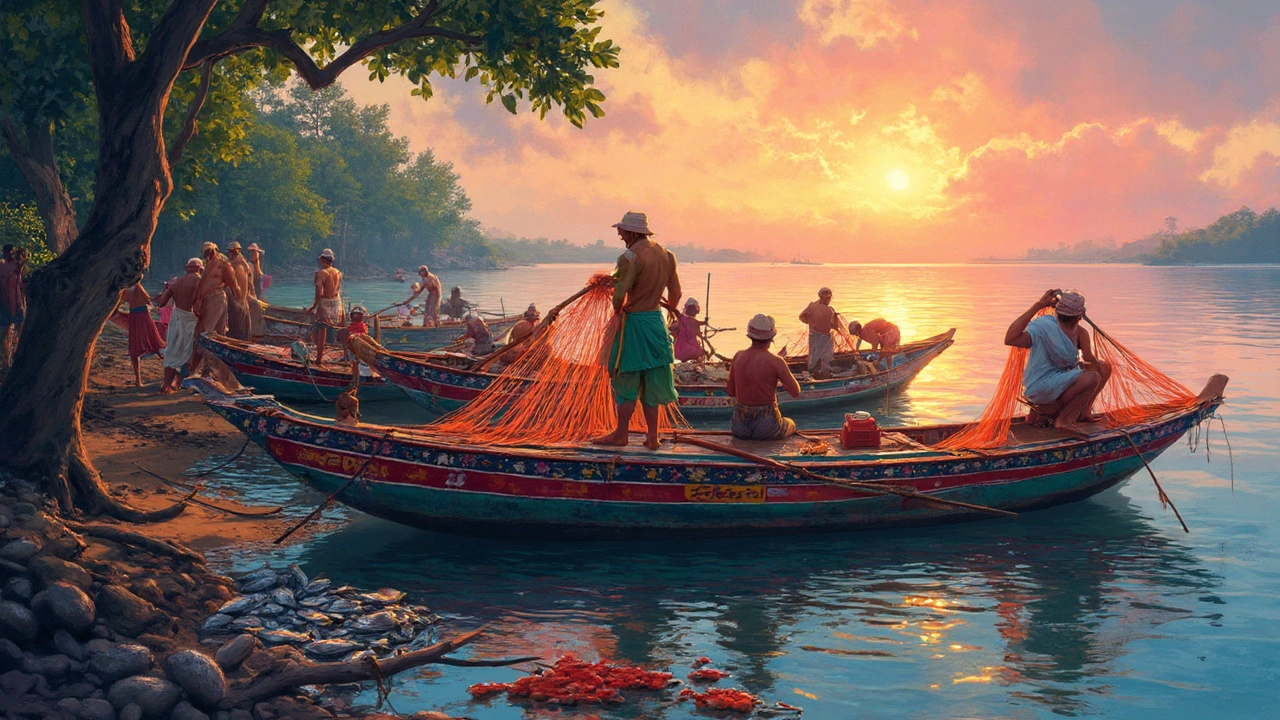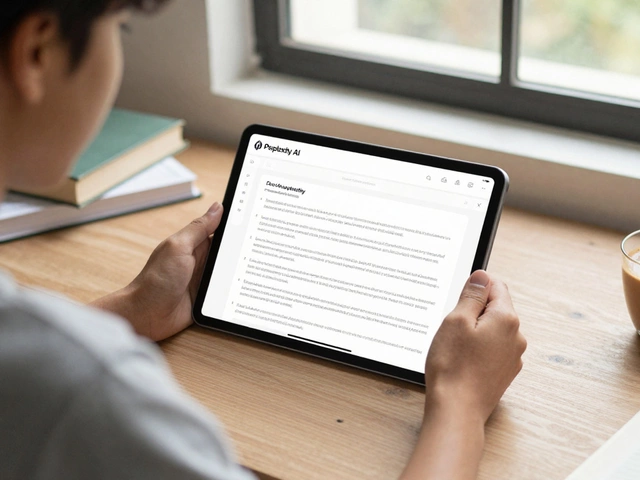Ever wondered if the fish we enjoy regularly can keep replenishing themselves in nature? It's a pressing question, especially with all the talk about renewable this and sustainable that. Let's get into the nitty-gritty of what makes fish a renewable resource, if it even is one!
In simple terms, a resource is renewable if it can regenerate over time. Fish can naturally reproduce, and in theory, this makes them renewable. But here's the catch (pun intended): Overfishing can seriously mess with this cycle. If we're taking fish out of the ocean faster than they can multiply, it’s like withdrawing from a bank account where no one’s depositing more cash. The balance tips against us.
Now, think about all the things that affect fish populations. Pollution, climate change, and loss of habitat – these all play a part. With rising sea temperatures and oceans becoming more acidic, fish habitats are getting disrupted. So even if fish themselves are renewable, their environment might not be holding up its end of the bargain.
- Understanding Fish as a Resource
- Challenges Facing Fish Populations
- The Role of Sustainable Fishing
- Impact of Environmental Changes
- Ways to Support Fish Sustainability
Understanding Fish as a Resource
Fish have long been a staple in human diets, and they're crucial to many ecosystems around the globe. But what makes fish such a valuable resource, and how do they fit into the renewable puzzle?
What Makes Fish Renewable?
The cool thing about fish is their ability to reproduce naturally. A single female fish can lay thousands to millions of eggs in her lifetime, contributing to potentially explosive population growth. Under the right conditions, this characteristic gives fish an edge as a renewable resource. But, it’s not all rainbows and clear waters. Rapid reproduction doesn't mean much if fish don’t have a healthy habitat or face unsustainable fishing practices.
The Biodiversity Factor
Fish are part of a larger web of life. Interestingly, about 80% of Earth's biodiversity lives in the ocean. Yeah, you read that right! Fish are a massive link in that chain, sustaining countless species—from larger predators to the humans relying on them for nourishment.
Not a Guaranteed Source
Looking at the numbers, global fish production hit about 179 million tonnes in 2018, providing roughly 3.3 billion people with almost 20% of their animal protein intake. But this bounty isn't guaranteed. Overexploitation, combined with environmental changes, can shift fish from being renewable to risked.
Sustainability in Action
The path to keeping fish renewable includes smart, sustainable fishing practices. Organizations worldwide champion efforts ensuring fishing doesn't outpace regeneration. Things like quotas, protected areas, and mindful fishing methods are all part of the toolbox for sustaining our fish resources.
Remember, when it comes to keeping fish as a renewable resource, every piece of the puzzle matters—from industry practices to our own choices at the seafood counter. Next time you're picking out that tuna or tilapia, think about choosing options certified for sustainability!
Challenges Facing Fish Populations
Despite fish being considered a renewable resource, they face some serious hurdles today. Let's break down what's really going on beneath the waves.
Overfishing
One of the biggest challenges is overfishing. We're catching fish faster than they can reproduce, and this heavily impacts populations. Some fish species have seen their numbers reduced to frighteningly low levels, increasing concerns for biodiversity.
Environmental Impact
Environmental changes are another biggie. Rising sea temperatures and ocean acidification, due to climate change, disrupt fish habitats. Many fish can’t adapt quickly enough, which affects their survival rates. According to Dr. Sylvia Earle, a renowned marine biologist,
"The ocean is warming, and that has a direct impact on the productivity of fish species."
Pollution
Pollution, especially from plastic and chemicals, pollutes oceans, creating dead zones where fish struggle to survive. Microplastics, which are tiny particles of plastic, have been found in several fish species. These contaminate the food chain, including us humans at the top of it.
Illegal Fishing Practices
Illegal, unreported, and unregulated fishing practices also jeopardize our fish populations. Such activities often don’t comply with sustainable standards, leading to indiscriminate and wasteful catch. This is particularly detrimental to areas where there aren’t strong enforcement controls.
Habitat Destruction
Finally, destruction of crucial fish habitats like coral reefs and mangroves removes critical breeding and feeding grounds. Without these vital areas, fish populations find it more challenging to thrive. Let's not forget that about a quarter of marine species depend on coral reefs at some point in their life cycle.
All these challenges combined make managing fish as a renewable resource tricky. However, awareness and collective action can lead to meaningful change. With a focus on sustainable practices and conservation efforts, we can aim to reverse some of these negative trends.

The Role of Sustainable Fishing
Sustainable fishing isn't just some buzzword thrown around by environmentalists. It's about maintaining fish populations without depleting them, so future generations can enjoy them too. How do we achieve this balance between consumption and conservation? It starts with understanding, commitment, and smart practices.
Understanding Sustainable Fishing
This involves catching fish at a rate that their populations can naturally replenish. Think of it like picking fruit from a tree without stripping it bare. Leave enough so the tree can keep producing more fruit. In 2022, the UN reported that about 34% of global fish stocks were exploited beyond sustainable limits. This shows how crucial sustainable fishing practices have become.
Smart Fishing Practices
One way to promote sustainability is through fishing regulations, such as setting quotas on how many fish can be caught. This ensures that fish population levels remain stable. Another practice is using fishing gear that minimizes bycatch – the unintended capture of species like dolphins or turtles.
Certification and Eco-labeling
Looking for certified products is a simple way to support sustainable practices. Eco-labeling organizations like the Marine Stewardship Council provide certifications to fisheries that meet sustainability standards. So, when you see that blue label on a package of tuna or salmon, you know it's an effort toward sustainability.
Consumer Choices
We, the consumers, play a vital role too. By choosing sustainably sourced seafood, we send a message to markets and suppliers about our preferences. It's like voting with your wallet. Also, local and diverse fish choices prevent over-consumption of certain popular species and help maintain varied ecosystems.
Sustainable fishing is not just a responsibility; it's an investment in our future. As the global population grows and demands more seafood, these practices ensure that there's still plenty to go around. It's about thriving fish stocks and a better balance with nature.
Impact of Environmental Changes
Alright, so fish are technically renewable resources, but their environment is going through some serious changes, thanks to us humans. Let's break down what that means for our finned friends.
Rising Sea Temperatures
Oceans are warming up, and fish that are sensitive to temperature changes might find themselves in hot water – literally! As temperatures rise, fish populations can move to cooler waters, disrupting local ecosystems and the balance they've maintained for ages.
Ocean Acidification
When we burn fossil fuels, carbon dioxide levels in the air increase. Oceans absorb a lot of this CO2, which leads to ocean acidification. This process decreases the pH level of seawater, making it harder for creatures like shellfish to build their shells. Even fish can find their senses and survival skills affected, disrupting the whole food chain.
Pollution and Habitat Loss
The sea isn’t as clean as it used to be. Pollution, like the plastic waste swirling around, creates harmful conditions for fish. Plus, coastal development and marine activities destroy habitats like coral reefs and mangroves, essential nurseries for young fish.
Relevant Data
| Factor | Impact on Fish |
|---|---|
| Temperature Increase (1°C) | Shifts distribution of 30% of fish species |
| Ocean pH drop by 0.1 | Decreases shellfish populations by 20% |
These changes are no joke. For fish to remain a reliable sustainable resource, we need to address these environmental issues. It's not just about the fish; it's about keeping the ecosystems they depend on in good shape. So, the next time you think about seafood, remember what's happening beneath the waves and how it affects the chances of fish being a truly renewable resource.

Ways to Support Fish Sustainability
Supporting fish sustainability is something we can all get behind, whether you're an everyday cook or a seafood enthusiast. There's more to it than just choosing the right fish at the market. Let's look at how each of us can play a part in this big picture.
1. Choose Sustainably Sourced Fish
You know those labels and certifications you see on fish packages? Like 'MSC Certified' or 'Sustainably Sourced'? They actually mean something! When you buy fish with these labels, you're supporting practices that don't harm the ecosystem. Next time you're at the store, look for these labels and choose the ones that help keep fish populations healthy.
2. Get Educated on Local and Seasonal Fish
Ever thought about where your fish comes from? Get to know your local fisheries and what's in season. Seasonal fish are usually in abundance, and this helps maintain a balance in the ecosystem. Plus, it often means fresher, tastier fish for you!
3. Reduce Wastage
Wasting food is never great, but it's especially bad with fish. When you buy fish, try to plan meals to use the whole fish. Leftovers can be repurposed into other dishes. Less waste means less demand on our precious fish resources.
4. Support Policies and Organizations
Policies can have a massive impact on fish sustainability. Support organizations that advocate for sustainable fishing practices and effective government policies. Your voice matters, whether it's signing petitions or communicating with representatives.
5. Spread the Word
Knowledge is power, right? Share what you know about fish sustainability with friends and family. The more people are aware, the better choices they can make. This ripple effect can lead to broader change in how industries operate.
By taking these steps, you're not just helping the fish populations, but also supporting the health of our oceans. Every little bit counts!



